

Articles
How To Clean Viscose Rugs
Modified: January 6, 2024
Discover effective methods and helpful tips on cleaning viscose rugs in this informative article. Keep your rugs looking fresh and vibrant with our expert advice.
(Many of the links in this article redirect to a specific reviewed product. Your purchase of these products through affiliate links helps to generate commission for Storables.com, at no extra cost. Learn more)
Introduction
Viscose rugs are a popular choice for homeowners due to their soft texture and luxurious appearance. However, like any other type of rug, they require regular cleaning to maintain their beauty and longevity. Proper cleaning techniques and maintenance habits can help preserve the quality of your viscose rug and keep it looking fresh and vibrant for years to come.
In this article, we will provide you with a comprehensive guide on how to clean viscose rugs. We will explore the cleaning methods, approaches to dealing with different types of stains, and preventive maintenance tips to extend the life of your rug.
Before we dive into the cleaning process, it’s important to understand what exactly viscose rugs are and why they require special care.
Key Takeaways:
- Delicate Care for Luxurious Comfort
Viscose rugs require gentle handling and special care to maintain their beauty. Regular vacuuming, prompt stain treatment, and preventive maintenance can extend the lifespan of these elegant home accents. - Professional Assistance for Stubborn Stains
When dealing with tough stains or unsure about cleaning methods, seek professional help. Expert rug cleaners have the knowledge and tools to handle delicate viscose rugs effectively, ensuring their longevity and beauty.
Read more: What Is Viscose In Rugs
Understanding Viscose Rugs
Viscose rugs, also known as rayon rugs, are made from a synthetic fiber called viscose. Viscose is a popular choice for rugs due to its softness, silk-like appearance, and ability to mimic natural fibers like silk and cotton. It is often used as a more affordable alternative to these natural fibers.
Viscose rugs can add a touch of elegance and sophistication to any room, but they do come with some considerations when it comes to cleaning and maintenance. One important thing to note is that viscose rugs are delicate and prone to damage if not handled carefully.
Unlike other rug materials, viscose rugs are not as durable or resilient. They can easily show signs of wear, tear, and discoloration if not properly cared for. The fibers are highly absorbent, which means they are prone to staining, and they can also be easily damaged by excessive moisture and heat.
Because of their delicate nature, it’s crucial to use gentle cleaning methods and avoid exposing viscose rugs to harsh chemicals or excessive scrubbing. Now that we have a basic understanding of viscose rugs, let’s move on to preparing for the cleaning process.
Preparing for Cleaning
Before you start cleaning your viscose rug, it’s important to take certain precautions and prepare the area properly to ensure the best results. Here are some essential steps to take before you begin:
- Read the care instructions: Check the manufacturer’s care instructions for your viscose rug. These instructions will provide specific guidelines on how to clean and maintain your rug without causing any damage. Follow these instructions to avoid any potential issues.
- Test for colorfastness: Before applying any cleaning solution or detergent on your rug, it’s crucial to test for colorfastness. Choose an inconspicuous area of the rug, such as a corner or underneath a piece of furniture, and apply a small amount of the cleaning solution. Blot the area with a clean cloth and check for any color bleeding or fading. If there is no change in color, it is safe to proceed with cleaning.
- Clear the area: Remove any furniture or obstacles from the area where the rug is located. This will give you more space to work and prevent any potential damage to the furniture during the cleaning process. It’s also a good idea to thoroughly vacuum the surrounding floor to remove any loose dirt or debris that may get trapped in the rug during cleaning.
- Gather cleaning supplies: Make sure you have all the necessary cleaning supplies on hand before you start. This may include a vacuum cleaner with a brush attachment, mild detergent or rug shampoo specifically designed for delicate fibers, clean white cloths or towels, a soft-bristle brush or sponge, and a bucket of warm water.
- Protect the floor: Place a plastic tarp or a large towel underneath the rug to protect the floor from any potential water or cleaning solution runoff. This will prevent any damage to the underlying flooring and make the cleaning process easier.
Once you have completed these preparatory steps, you are ready to begin cleaning your viscose rug. In the next sections, we will guide you through the proper techniques to vacuum the rug and spot clean any stains that may be present.
Vacuuming the Rug
Vacuuming is an essential step in maintaining and cleaning your viscose rug. Regular vacuuming helps to remove dirt, dust, and debris that accumulate on the surface and in the fibers of the rug. Here’s a step-by-step guide on how to properly vacuum a viscose rug:
- Choose the right vacuum attachment: Use a vacuum cleaner with a brush attachment or a vacuum cleaner specifically designed for delicate surfaces. Avoid using a beater bar or rotating brush attachment, as this can damage the delicate fibers of the rug.
- Adjust the height: Adjust the height of the vacuum cleaner according to the thickness of the rug. For thicker rugs, raise the height to ensure effective cleaning without putting too much pressure on the fibers.
- Remove loose dirt: Before vacuuming, gently shake or beat the rug outdoors to remove any loose dirt or debris. This will prevent it from being pushed further into the fibers during the vacuuming process.
- Vacuum in all directions: Slowly and gently run the vacuum cleaner in all directions over the rug. Start from one corner and work your way across the entire rug, making sure to cover all areas. Take your time and make overlapping passes to thoroughly clean the surface.
- Pay attention to the edges: Pay extra attention to the edges of the rug, as dirt and debris tend to accumulate there. Use the crevice tool attachment or the vacuum cleaner’s edge cleaning feature to clean these areas effectively.
- Repeat if necessary: Depending on the amount of dirt and debris, you may need to repeat the vacuuming process to ensure a thorough clean. However, be gentle and avoid excessive pressure or vigorous movements that can damage the delicate fibers.
Regularly vacuuming your viscose rug is a simple yet effective way to keep it clean and free of dirt and debris. However, vacuuming alone may not be sufficient to remove stubborn stains. In the next section, we will discuss how to spot clean stains on your viscose rug.
Spot Cleaning Stains
Viscose rugs are susceptible to staining, especially when exposed to spills or accidents. It’s important to address stains as soon as possible to prevent them from setting into the fibers. Here’s a step-by-step guide on how to spot clean stains on your viscose rug:
- Act quickly: As soon as a spill occurs, blot the area with a clean, white cloth or paper towel to absorb as much of the liquid as possible. Avoid rubbing the stain, as it can spread and push the liquid deeper into the rug.
- Dilute the stain: Mix a small amount of mild detergent or rug shampoo with water to create a gentle cleaning solution. Test this solution on an inconspicuous area of the rug to ensure it does not cause discoloration or damage.
- Blot the stain: Dip a clean white cloth or sponge into the cleaning solution and gently blot the stained area. Work from the outside of the stain towards the center to prevent it from spreading. Avoid scrubbing, as it can damage the delicate fibers of the rug.
- Rinse with water: After blotting the stain, rinse the area with clean water to remove any leftover cleaning solution. Use a clean cloth or sponge soaked in water and blot the area to rinse it thoroughly.
- Blot dry: Use a clean, dry cloth or paper towel to blot the area and remove excess moisture. Avoid rubbing, as it can cause the stain to resurface or damage the fibers. Allow the rug to air dry completely before placing any furniture back on it or walking over the area.
- Repeat if necessary: Depending on the severity of the stain, you may need to repeat the spot cleaning process multiple times. Always be gentle and patient with the rug, as aggressive scrubbing can harm the delicate fibers.
It’s important to note that not all stains can be easily removed with spot cleaning. Certain types of stains, such as those from red wine, ink, or oil-based substances, may require additional steps. We will discuss how to treat different types of stains in the following sections.
When cleaning a viscose rug, avoid using excessive water or harsh chemicals. Instead, gently blot any spills with a clean cloth and use a mild detergent mixed with water for spot cleaning. Always test a small, hidden area first to ensure the solution doesn’t damage the rug.
Read more: How To Clean Silk Rugs
Treating Water-Based Stains
Water-based stains, such as coffee, tea, juice, or food spills, are common on viscose rugs. Promptly addressing these stains can help prevent them from setting into the fibers. Here’s how to treat water-based stains on your viscose rug:
- Blot the area: Immediately blot the stained area with a clean, white cloth or paper towel to absorb as much liquid as possible. Avoid rubbing, as it can spread the stain further.
- Create a cleaning solution: Mix a small amount of mild detergent with water to create a gentle cleaning solution. Test it on an inconspicuous area of the rug to ensure it doesn’t cause any discoloration.
- Apply the cleaning solution: Using a clean cloth or sponge, apply the cleaning solution to the stained area. Gently blot the stain, starting from the outside and working your way towards the center.
- Rinse with clean water: After blotting the stain, rinse the area with clean water to remove any residue from the cleaning solution. Blot the area with a clean cloth or sponge to ensure thorough rinsing.
- Blot dry: Use a dry cloth or paper towel to blot the area and remove excess moisture. Let the rug air dry completely before placing any furniture or walking over it.
- Repeat if necessary: If the stain persists, repeat the above steps until the stain is completely removed. Always be gentle and avoid scrubbing vigorously, as it can damage the delicate fibers.
Remember, the key to effectively treating water-based stains on a viscose rug is to act quickly and avoid rubbing or scrubbing. If the stain remains stubborn and cannot be removed through spot cleaning, it may be best to seek professional assistance or consult a rug cleaning specialist.
Dealing with Oil-Based Stains
Oil-based stains, such as grease, makeup, or oily food spills, can be particularly challenging to remove from viscose rugs. These stains tend to cling to the fibers and can leave behind residue if not properly treated. Here’s how you can effectively deal with oil-based stains on your viscose rug:
- Blot the area: Immediately blot the stained area with a clean, white cloth or paper towel to absorb as much oil as possible. Avoid rubbing, as it can spread the stain further.
- Neutralize the stain: Sprinkle a generous amount of cornstarch or talcum powder onto the stain. Let it sit for at least 15 minutes to absorb the oil. Then, gently brush off the powder using a soft-bristle brush or vacuum it up using a brush attachment.
- Create a cleaning solution: Mix a small amount of mild detergent with warm water to create a gentle cleaning solution. Test it on an inconspicuous area of the rug to ensure it doesn’t cause any discoloration.
- Apply the cleaning solution: Apply a small amount of the cleaning solution directly to the stained area. Gently blot the stain, working from the outside towards the center, using a clean cloth or sponge.
- Rinse and blot: After blotting the stain, rinse the area with clean water to remove any residue from the cleaning solution. Blot the area with a clean cloth or sponge to ensure thorough rinsing.
- Blot dry: Use a dry cloth or paper towel to blot the area and remove excess moisture. Allow the rug to air dry completely before placing any furniture or walking over it.
- Repeat if necessary: If the stain persists, repeat the above steps until the stain is completely removed. Oily stains may require multiple attempts to fully eliminate.
It’s crucial to treat oil-based stains as quickly as possible to prevent them from setting into the fibers. The combination of neutralizing the stain with powder and using a gentle cleaning solution can help break down the oil and remove it effectively from the viscose rug.
If the stain remains stubborn and cannot be removed through these methods, it is recommended to seek professional help or consult a rug cleaning specialist who has experience with delicate fibers like viscose.
Drying the Rug
Properly drying your viscose rug after cleaning is essential to prevent moisture buildup and potential damage to the fibers. Here are the steps you should follow to ensure effective drying:
- Remove excess moisture: Use a clean, dry cloth or paper towel to blot the rug and remove as much moisture as possible. Gently press down on the rug, working in small sections, to absorb the water without rubbing or scrubbing.
- Air dry: Find a well-ventilated area where the rug can air dry fully. Avoid placing the rug in direct sunlight, as it can cause fading or discoloration. Lay the rug flat or hang it up using a rug hanger or clothesline to promote even airflow.
- Speed up the drying process: If you need to expedite the drying process, you can use fans or open windows to increase airflow in the room. However, avoid using heat sources like hair dryers or heaters, as they can damage the delicate fibers.
- Groom the rug: Once the rug is completely dry, gently brush or groom the fibers using a soft-bristle brush or a clean, dry cloth. This will help restore the rug’s texture and appearance.
- Avoid walking on the rug: While the rug is drying, it’s best to avoid walking on it to prevent any potential damage or disturbance to the fibers. Place a sign or cushion the area to remind and deter others from stepping on the rug.
It’s important to note that viscose rugs can take some time to dry completely due to the absorbent nature of the fibers. Be patient and allow for sufficient drying time to ensure that the rug is thoroughly dry before placing furniture back on it or resuming regular use.
By following these drying techniques, you can ensure that your viscose rug maintains its shape, integrity, and overall quality even after the cleaning process.
Preventive Maintenance Tips
Taking proactive measures to maintain the cleanliness and condition of your viscose rug can significantly extend its lifespan. Here are some preventive maintenance tips to keep your rug looking beautiful:
- Regular vacuuming: Vacuum your viscose rug at least once a week to remove dirt, dust, and debris that can accumulate on its surface. This prevents these particles from settling into the fibers and causing damage over time.
- Rotate the rug: Rotate your rug periodically to distribute foot traffic and minimize wear in specific areas. This helps ensure more even wear and prolongs the rug’s overall appearance.
- Use rug pads: Place a non-slip rug pad underneath your viscose rug to provide cushioning, prevent slippage, and protect it from excessive wear. Rug pads also help to maintain the rug’s shape and prevent it from gathering folds or wrinkles.
- Protect from direct sunlight: Avoid placing your viscose rug in direct sunlight, as prolonged exposure can cause fading and discoloration. If the rug is located in a sunny area, consider using window treatments or UV-protective films to shield it from harmful rays.
- Address spills immediately: Accidents happen, so it’s important to clean up spills promptly to prevent them from staining the rug. Blot the area with a clean cloth or paper towel and follow the appropriate spot cleaning methods outlined earlier in this article.
- Keep away from moisture: Viscose rugs are sensitive to moisture and can easily become damaged if exposed to excessive water. Avoid placing them in humid areas like bathrooms or near water sources. Be cautious when steam cleaning and always follow the manufacturer’s instructions.
- Avoid harsh chemicals: Refrain from using harsh chemicals or bleach-based cleaners on your viscose rug, as they can cause discoloration or damage the fibers. Stick to mild detergents or rug shampoos specifically designed for delicate fibers.
- Professional cleaning: Consider having your viscose rug professionally cleaned every 1-2 years to deep clean and revitalize the fibers. Professional rug cleaners have the expertise and equipment to handle delicate rugs and remove embedded dirt and stains effectively.
By implementing these preventive maintenance tips, you can help preserve the quality and beauty of your viscose rug for many years. Regular care and attention will go a long way in ensuring that your rug remains a stunning centerpiece in your home.
Read more: How To Clean A Carpet Rug
Conclusion
Cleaning and maintaining your viscose rug doesn’t have to be a daunting task. With the right knowledge and techniques, you can keep your rug looking fresh and beautiful for years to come. Remember these key points:
First, understanding the delicate nature of viscose rugs is crucial. They require gentle handling and special care to prevent damage to the fibers. Preparing for the cleaning process by reading care instructions, testing for colorfastness, and clearing the area sets the stage for success.
Vacuuming your rug regularly is essential for removing dirt and debris from the surface and in between the fibers. Spot cleaning stains promptly and using the right techniques, depending on whether the stain is water-based or oil-based, can help prevent them from setting and becoming more difficult to remove.
Drying your rug properly after cleaning is crucial to prevent moisture buildup and potential damage. Taking preventive maintenance measures such as regular vacuuming, rotating the rug, using rug pads, and protecting it from direct sunlight can help extend its lifespan and maintain its appearance.
Remember, if you’re unsure about how to clean your viscose rug or if you’re dealing with stubborn stains, it’s always best to seek professional assistance or consult a rug cleaning specialist who has experience with delicate fibers.
By following these guidelines and incorporating regular cleaning and maintenance into your routine, your viscose rug will continue to enhance the beauty and comfort of your home for many years to come.
Frequently Asked Questions about How To Clean Viscose Rugs
Was this page helpful?
At Storables.com, we guarantee accurate and reliable information. Our content, validated by Expert Board Contributors, is crafted following stringent Editorial Policies. We're committed to providing you with well-researched, expert-backed insights for all your informational needs.

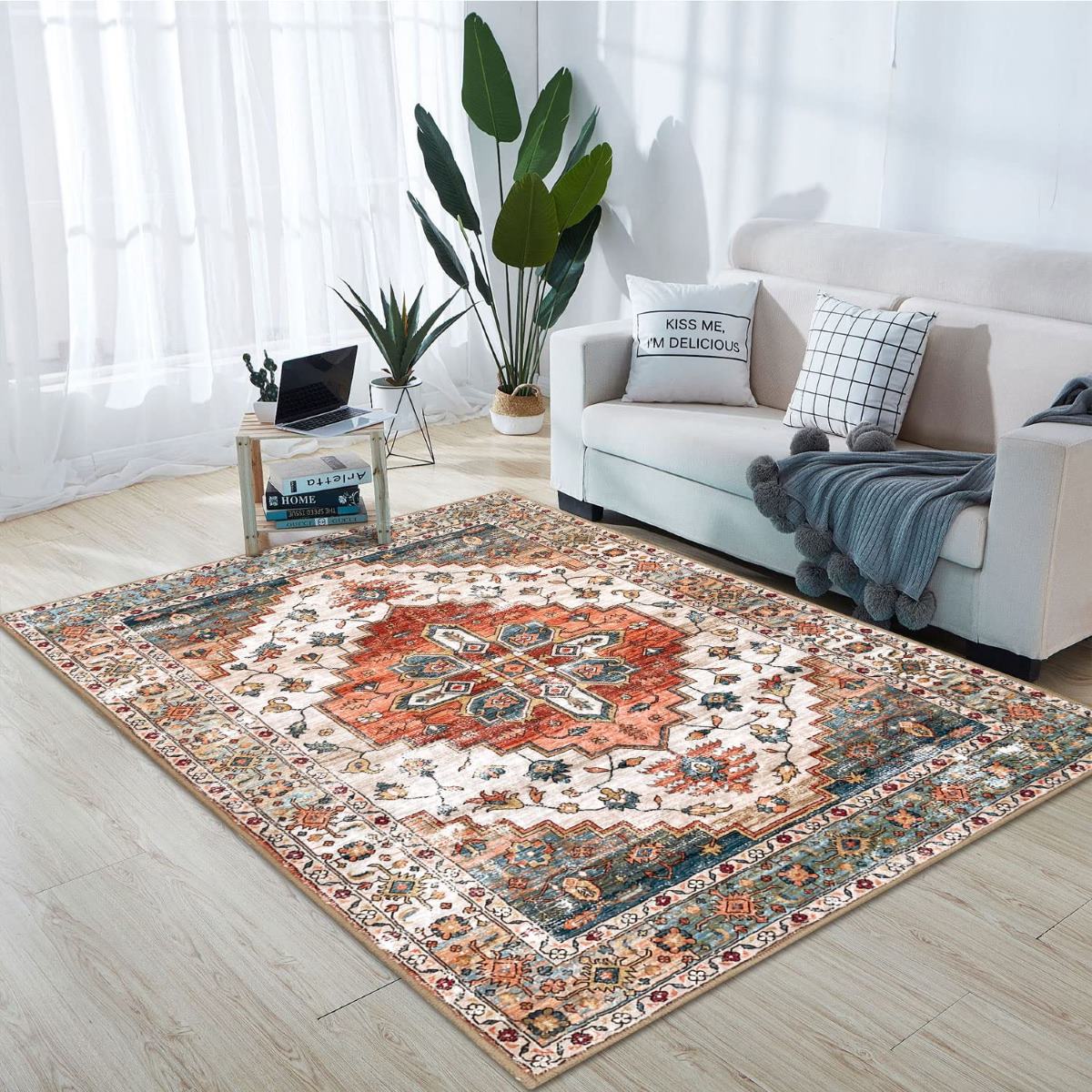
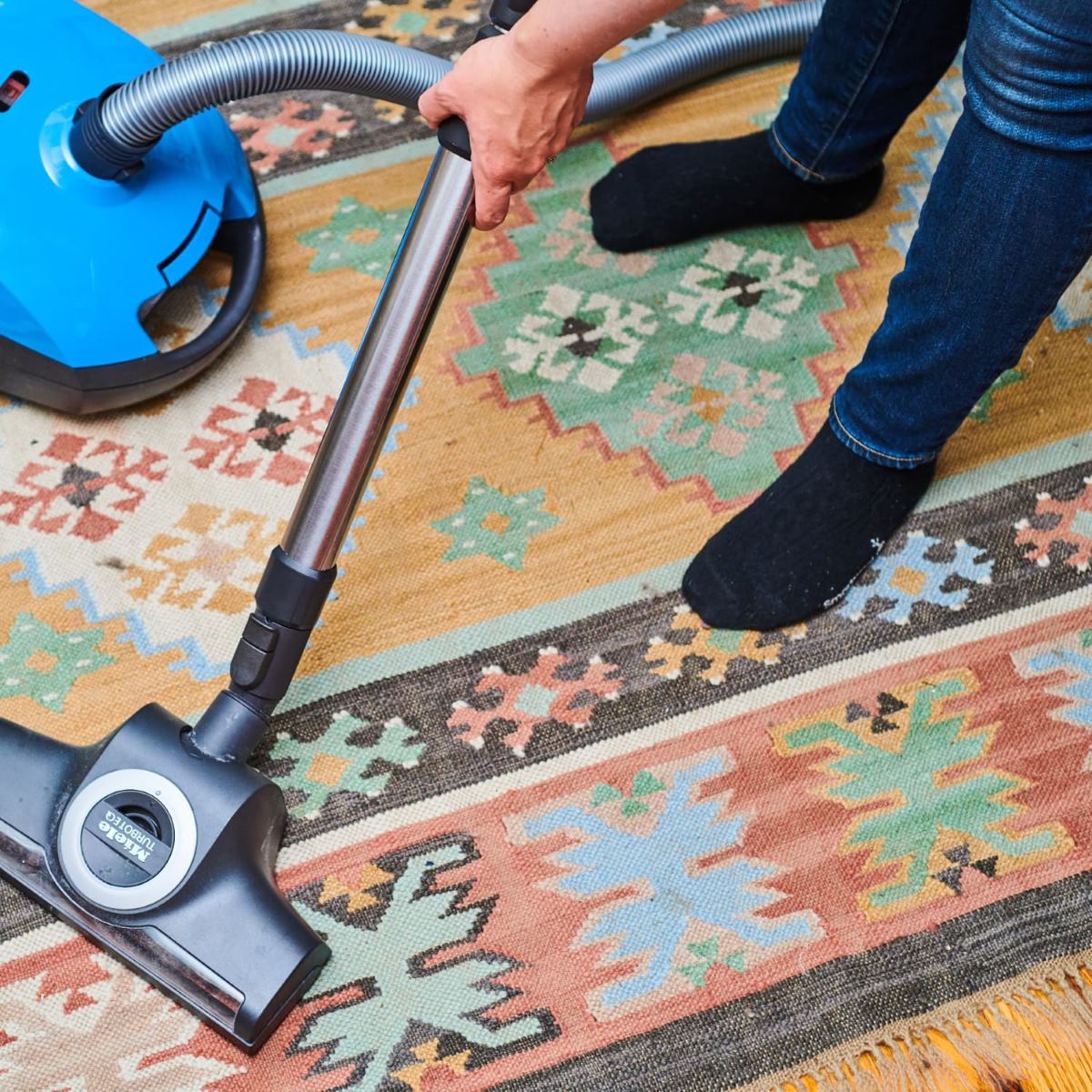
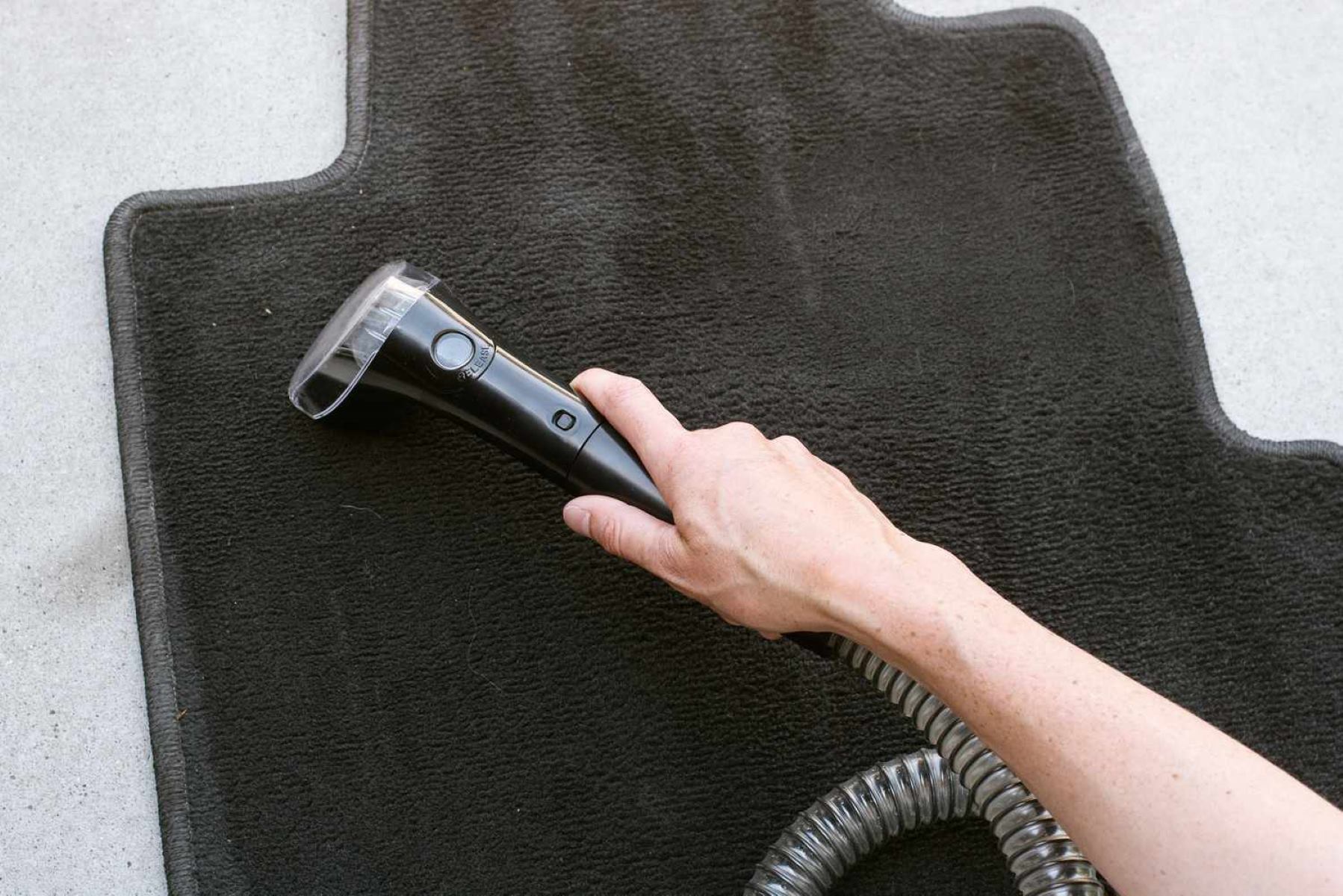
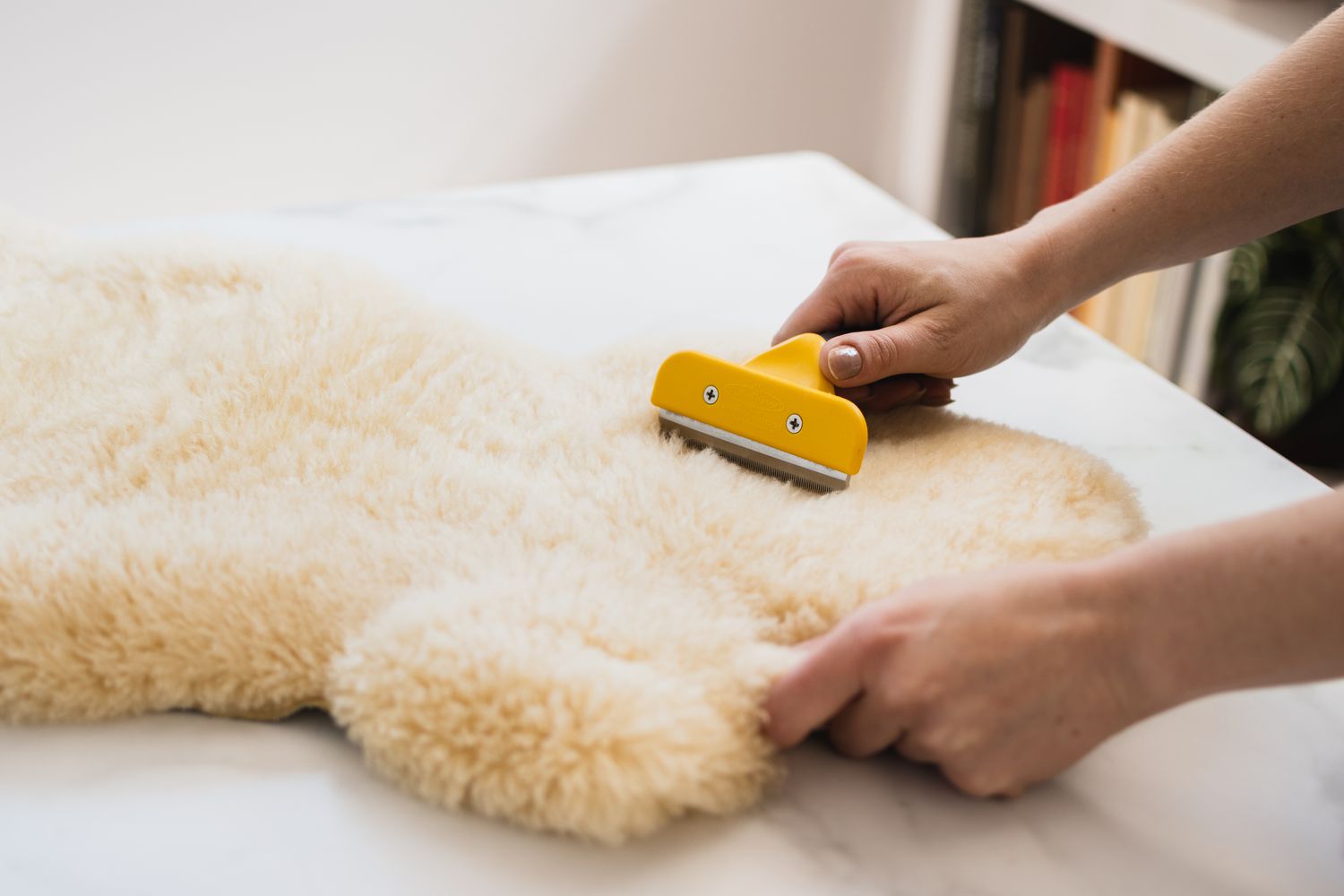
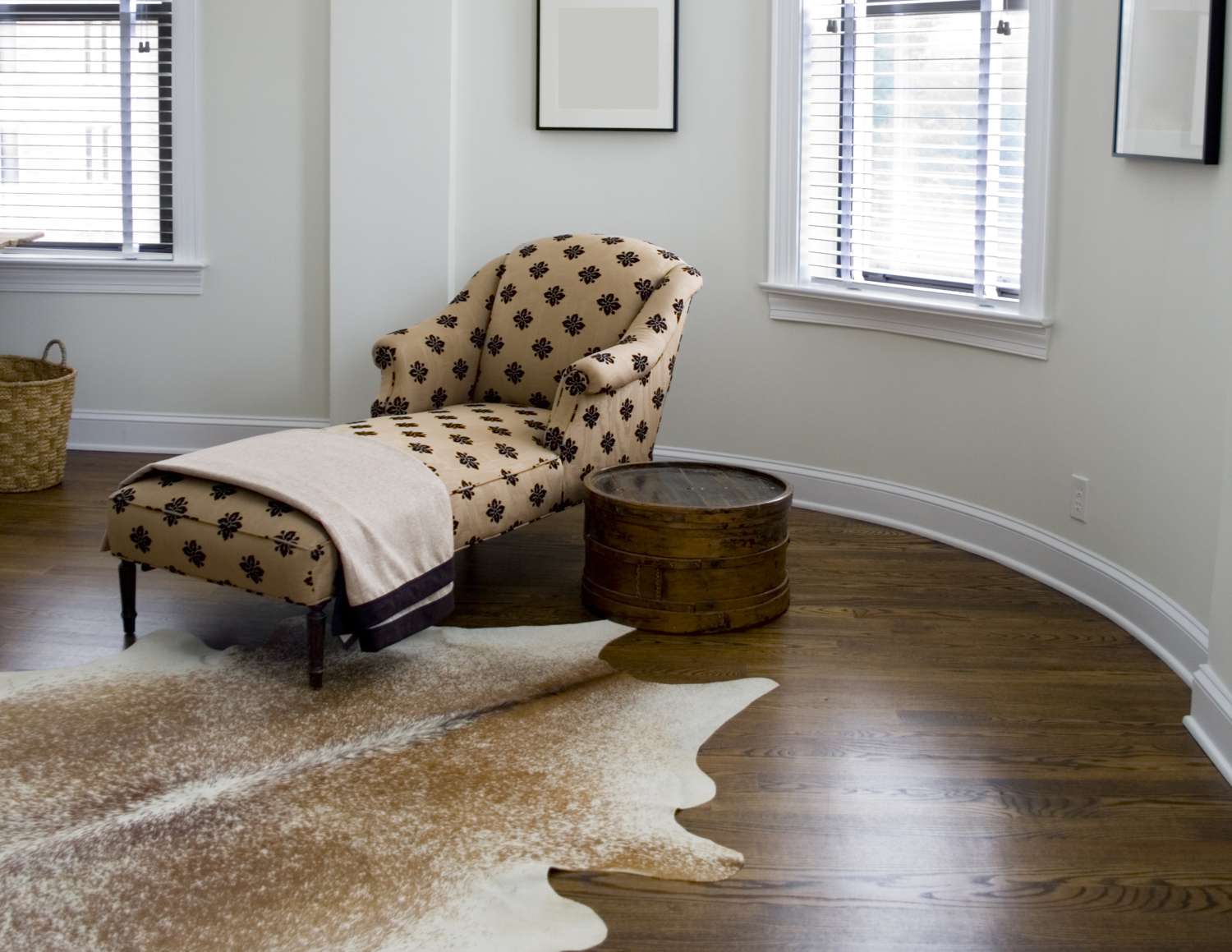
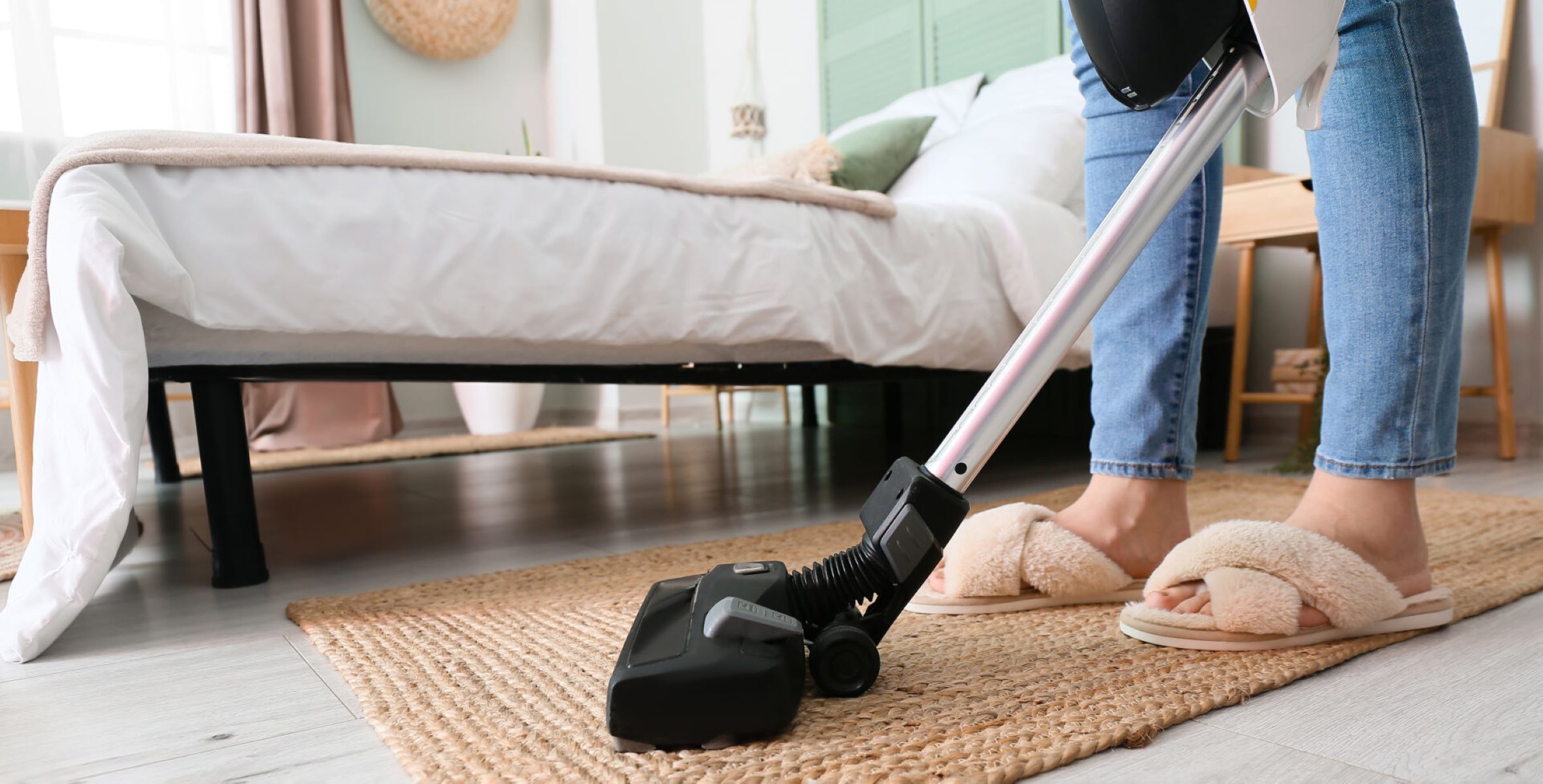
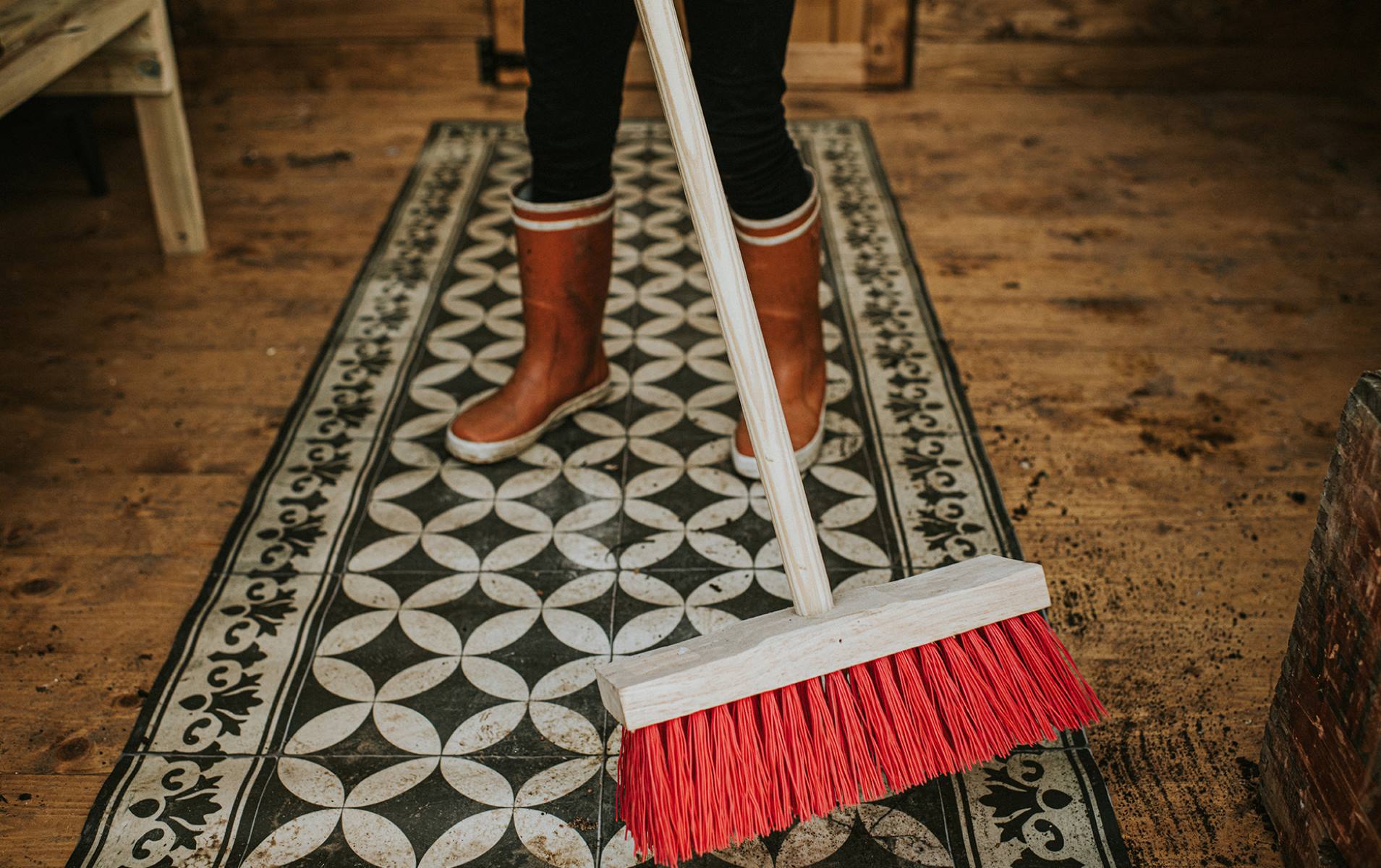


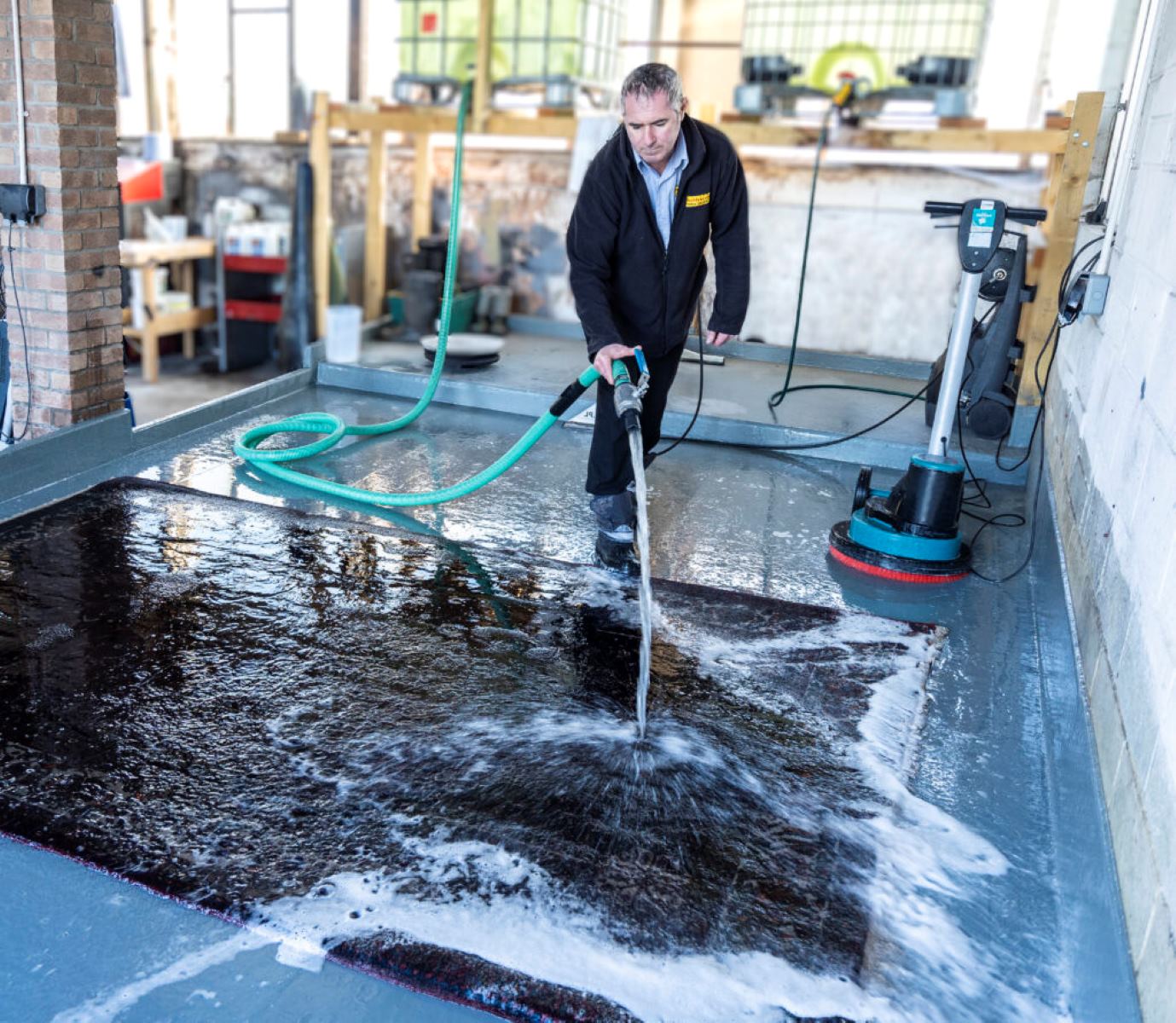
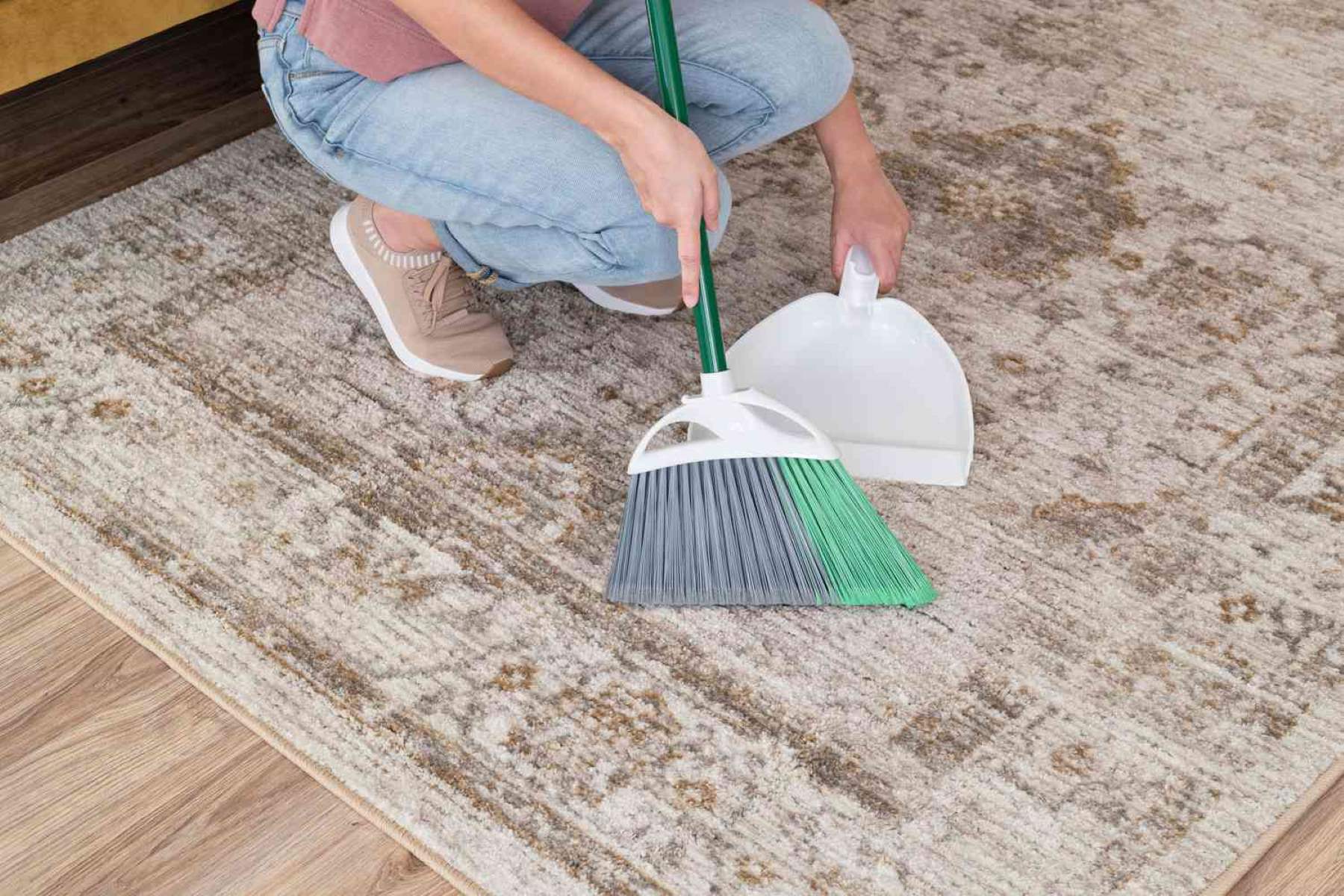
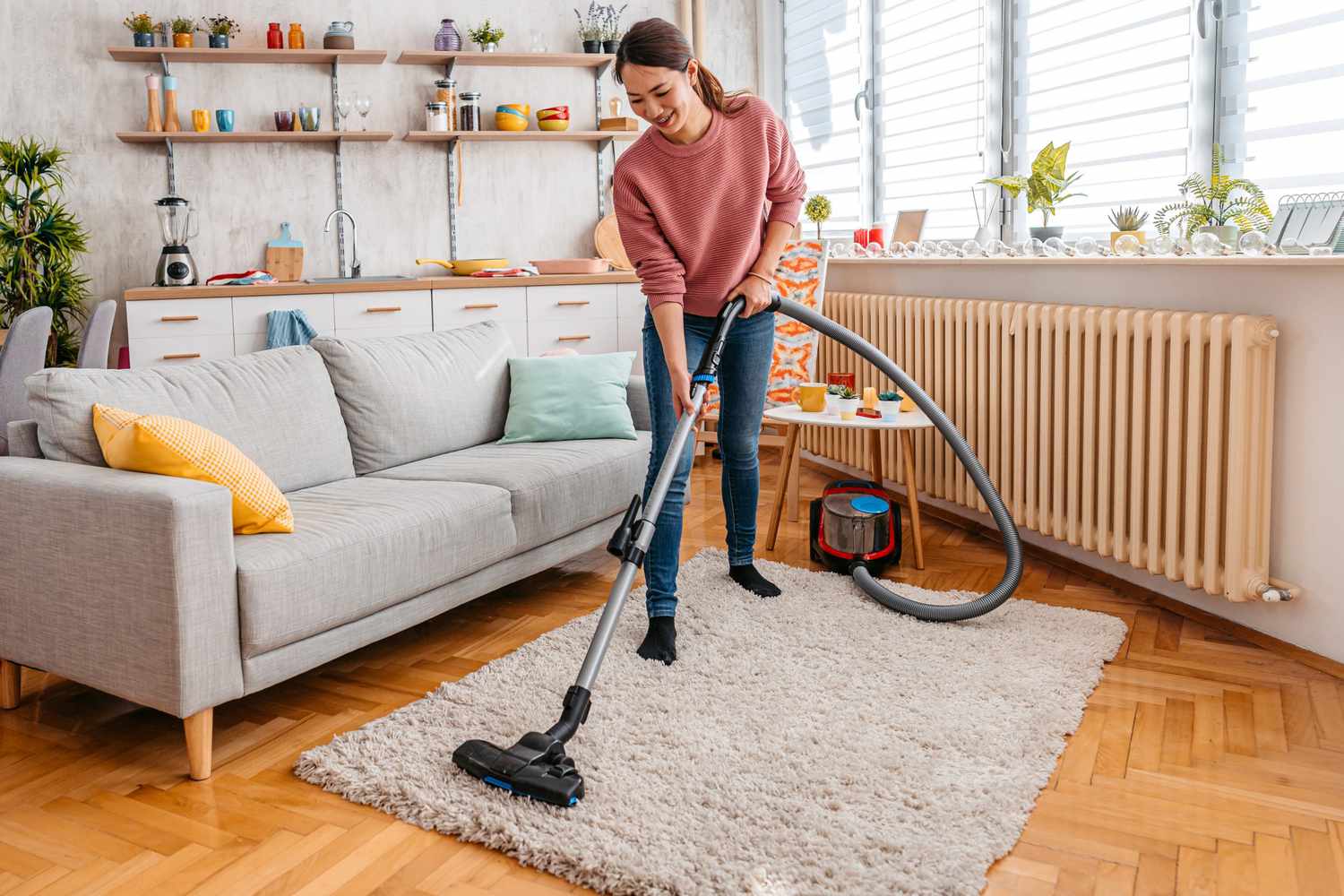

0 thoughts on “How To Clean Viscose Rugs”